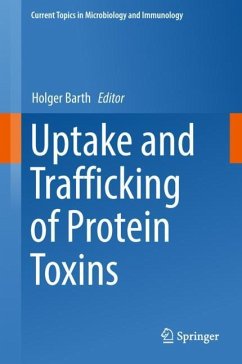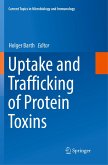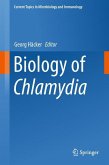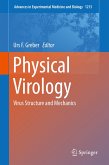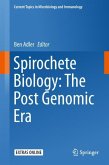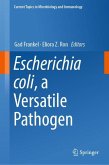This volume focuses on the transport of medically relevant bacterial protein toxins into mammalian cells, and on novel pharmacological strategies to inhibit toxin uptake. The first chapters review our current understanding of the cell-surface receptors and cellular transport processes of Clostridium botulinum neurotoxins, Clostridium botulinum C3 toxin, Clostridium difficile toxins, binary clostridial enterotoxins, anthrax toxins and diphtheria toxin. In brief, specific binding/transport (B) subunits deliver the enzyme (A) subunits into the cytosol, where the latter modify their substrates, producing cytotoxic effects and the characteristic toxin-associated diseases. Key mechanisms for the transport of the A subunits from endosomes into the cytosol and the role of trans-membrane pores formed by the B subunits and host cell chaperones for this process are reviewed. The book's closing chapters focus on compounds which inhibit the transport of the A subunits from endosomes into the cytosol and therefore might lead to novel therapeutic strategies for toxin-associated diseases. These substances include pharmacological inhibitors of the host cell chaperones involved, as well as multivalent and heterocyclic molecules that specifically block the toxins' translocation channels. This volume offers an up-to-date resource for scientists.
Bitte wählen Sie Ihr Anliegen aus.
Rechnungen
Retourenschein anfordern
Bestellstatus
Storno

